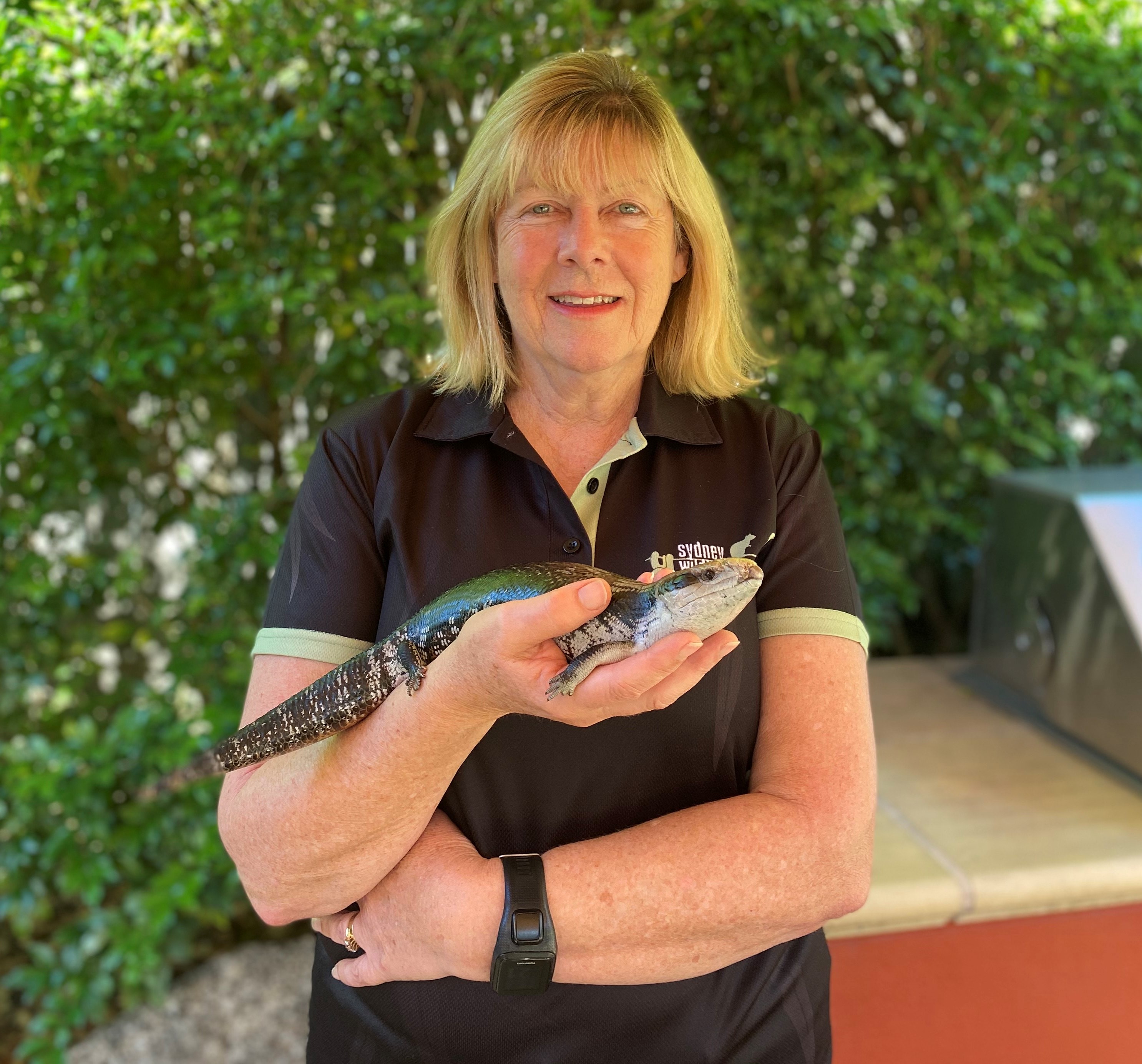Artist Of The Month June 2020: Margaret Woods
An involvement with the BirdLife Australia Powerful Owl project for years led to meeting Sydney Wildlife volunteers and her daughter becoming involved as a volunteer at 18 years of age and herself and her husband becoming a 'Sydney Wildlife Carer Family' as a result, with Margaret undertaking the training to become a Carer for Wildlife too in 2018.
Her dedication to the Warriewood Wetlands, the Narrabeen Lagoon Catchment (her son has been a guide on some of the Friends of Narrabeen Lagoon Catchment Night Walks) and a passion for saving our wildlife - in our area, on the South Coast during the recent bushfires, and as part of the Sydney Wildlife members who organised to send supplies and equipment to the RSPCA team on Kangaroo Island in South Australia in February 2020 can be seen in an earlier childhood love of Australian wildlife.
An interest in Photography in High School, followed and developed ever since, has led to Margaret capturing and creating the most amazing images. Her portraits of wildlife, of landscapes and of people support and enrich the work of these local organisations she is a part of. Not only that, they are placing on the record what wildlife is where and when it is there.
These are wonderful photos - they allow people to see up close birds they may have only heard, or see the individual characters of wildlife rescued. Her landscapes allow viewers to dwell among dawn mists, see sunrises and sunsets reflected on water or trees. They allow you to immerse yourself because Margaret has not stood outside looking in, her self is present.
Margaret is also among the many thousands of residents in our area with a love for our birds and for bird photography.
When asked how she does it, Marg replied
'the trick is the angle and to look for... to see the art in the photo'
Her works in this field are more than that too though...
For June 2020 it is a real privilege to share some of her works and her other 'mission' to enrich our understanding of the wonderful place we live in through all that lives in it with us.

Mistletoebird
This small bird is crucial to the ongoing survival of the mistletoe plants that is a parasitic species.
The mistletoe bird has a diet of mistletoe berries, it cannot grind food. So it simply eats the berries, digests the flesh and then position itself to poop (excrete) the seeds onto a branch. The poop is sticky and remains on the tree. They plant their own food. Pretty clever.
male mistletoebird
a Kookaburra eating an antechinus
a male golden whistler
a male scarlet honeyeater
a spotted pardalote carrying food entering its nesting tunnel
Powerful Owl huge talons (our largest owl and Apex predator)
Barking Owl – waving. (Medium sized owl. Its call is like a dog barking, but when alarmed can turn to sound like a human shrieking)
Male - Eastern Whipbird ( the one no one sees but hears the crack of a whip, look behind you it throws its call.)
Juvenile Welcome Swallows (these swallows were a welcome sight for sailors who knew if they saw them they were close to land )
Ducklings at Warriewood Wetlands